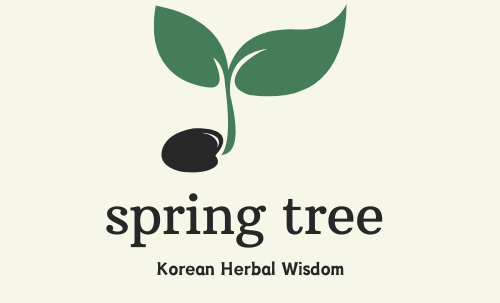Explore the natural health benefits of Angelica Root (Baekji) for sinus relief and pain management. Learn how this traditional Korean herb promotes respiratory wellness and eases discomfort.
Angelica Root: A Gentle Remedy for Sinus Health and Pain Relief
Angelica Root, known as “Baekji” in traditional Korean medicine, has been a trusted remedy for centuries. This herb is well-regarded for easing sinus congestion, relieving headaches, and soothing toothaches, making it a go-to for those looking for natural alternatives. Beyond pain relief, Angelica Root is valued for its ability to dispel excess dampness and wind, reduce inflammation, and support overall well-being.
Key Benefits of Angelica Root
Angelica Root brings a range of health benefits, especially for respiratory wellness and comfort:
Eases Sinus Congestion: Angelica Root can be a gentle aid for nasal congestion, making it helpful during colds or sinus infections. It supports easier breathing by opening up the nasal passages and reducing discomfort.
Natural Pain Relief for Headaches and Toothaches: Known for its natural anti-inflammatory effects, Angelica Root is often used to ease headaches and toothaches. These soothing properties also make it beneficial for joint discomfort, like arthritis pain.
Reduces Dampness and Swelling: This herb helps the body manage excess moisture, which can aid in reducing swelling and relieve discomfort from damp or cold weather. It’s especially useful in humid climates to help maintain balance.
Aids in Wound Healing and Detoxification: With detoxifying properties, Angelica Root is known to support wound healing and even helps drain pus from abscesses, making it beneficial for skin issues. Its detox effects have also traditionally been used to ease the impact of insect or venomous bites.
Ecology and Characteristics
Angelica Root is a perennial herb that can reach up to 100–150 cm in height, making it a sturdy, vibrant plant. Its root is long, tapered, and covered in a rough, gray-brown surface with distinct bumps. Inside, the root is white, which contributes to its recognizable appearance. Angelica Root blooms in July and August, with seeds maturing between August and September, giving this herb a natural beauty in its growing environment.
Medicinal Parts and Harvesting Time
The root of the Angelica plant is used for its medicinal properties. It’s best harvested in autumn, with spring-planted seeds ready by October, and fall-planted seeds harvested the following August after the leaves have withered. After harvest, the roots are dried in sunlight or a well-ventilated indoor area to preserve their health benefits.
Properties and Nature
Angelica Root has a warm, slightly spicy taste, which makes it soothing for cold symptoms and congestion. It primarily works on the lungs, spleen, and stomach, helping to support respiratory and digestive health.
Usage and Precautions
Angelica Root is commonly enjoyed as a soothing tea or herbal decoction. To prepare, add 3–10 grams of dried Angelica Root to 800 ml of water, then simmer on low heat until the liquid reduces by half. This can be enjoyed 2–3 times a day, particularly for easing sinus congestion or reducing pain.
Since Angelica Root has a warming quality, those with a naturally warm constitution should start with a smaller amount. As with all herbs, if you’re unsure, consulting a healthcare provider can help ensure safe and optimal use, especially if you have any specific health conditions or are on medication.
Conclusion
Angelica Root is a naturally soothing remedy, ideal for helping with sinus congestion, headaches, and other discomforts. With its gentle properties, it’s a valuable addition to a holistic wellness routine. By following the recommended usage and practicing a little caution, Angelica Root can bring soothing relief and balance to your daily health practices.
